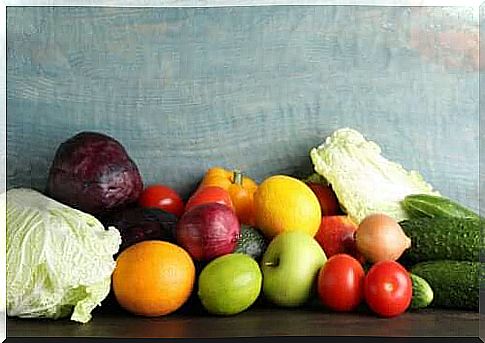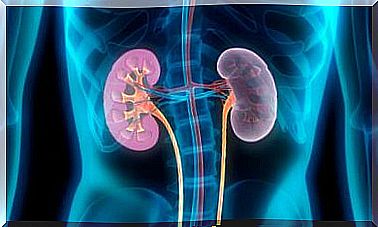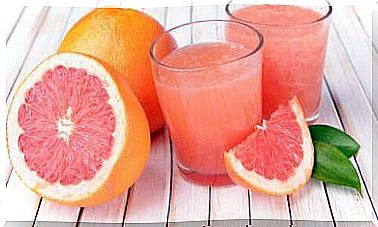The Properties Of Anti-nutrients

Anti-nutrients are compounds that interfere with the absorption of substances in the gut, and they can be natural or synthetic. In addition, they have been the focus of research in recent years because more foods and beverages that we regularly consume contain them.
These elements are found in nature and they are not harmful to the body. Which are the most common? What should you know about them? Read on to find out.
Main anti-nutrients in food and beverages
Anti-nutrients confuse people trying to stick to a healthy diet. However, the benefits of foods containing these substances outweigh the possible negative effects. At least that’s what an article from the Harvard School of Public Health shows.
Tannins
It is a type of polyphenols that prevents the uptake of certain proteins or iron. They are present in grapes, which are rich in resveratrol, and often have a bitter taste. However, they have antioxidant properties that are important for health despite their iron chelating ability.
In addition, their intake appears to help prevent cardiovascular disease, according to an article published in the British Journal of Pharmacology . Therefore, you need to include these substances in your diet.
You should also ensure a regular intake of iron and vitamin C by including other foods so as not to experience complications associated with anemia.
Consumption of large amounts of tannins can be a risk factor for vegans. This is because vegetable iron has a lower bioavailability than animal iron itself. It is therefore necessary to monitor the intake of this mineral in diets without animal products.
In short , it is best to increase the intake of vitamin C in this type of diet and to separate foods high in vegetable iron from those that contain tannins.

Phytic acid
It is found especially in seeds, grains, nuts and certain legumes. Consumption of it can have an impact on the uptake of zinc, iron and calcium. In addition, it can inhibit some digestive enzymes associated with proteolysis.
However, it helps control glucose levels and reduce insulin resistance. It may also reduce the risk of developing fatty liver, according to a study published in 2016.
So far, human trials are still lacking in order to provide valid evidence in this regard. However, it is clear that this drug has positive consequences for health.
Calcium oxalate
This substance is found in certain green leafy vegetables. It binds calcium and can reduce the uptake of this nutrient. In addition, it can also interfere with other minerals such as iron and magnesium.
As if that were not enough, an excessive intake can promote kidney stones. However, these are actually due to dehydration and possibly some genetic factor.
In addition , biodiversity in the gut microbiota can significantly reduce the risk of this type of disorder. Bacteria of the genus Lactobacillus are responsible for preventing the formation of kidney stones by degrading oxalates according to a review published in Microbial Pathogenesis .
Fiber
An exaggerated fiber intake can interfere with the absorption of some nutrients through diet. It delays glucose uptake and partially blocks cholesterol uptake when ingested in normal amounts. However, it can interfere with protein uptake in larger amounts.
However, this substance is necessary for any diet. This is because it improves the control of the satiety mechanism in addition to reducing the problems associated with intestinal transit.
In addition, its intake is associated with the selective growth of the microbiota from fermentation processes. The risk of cardiovascular disease also decreases when the intake of dietary fiber is adequate.

A varied diet will help you feel comfortable with anti-nutrients
Anti-nutrients are substances that can interfere with the absorption of certain compounds at the intestinal level. However, in many cases they are necessary for a healthy body. Therefore, they should be a part of your diet.
The best thing you can do is stick to a balanced and healthy diet. It will ensure a supply of all the nutrients that your body needs and reduce the possible effect of anti-nutrients.
One strategy to achieve this is to take care of your fiber intake. It is a good way to make the satiety mechanism work optimally, which will reduce the appetite and thus snack between meals.









